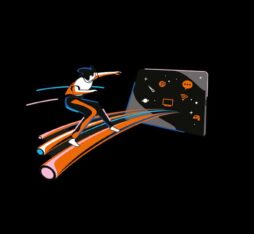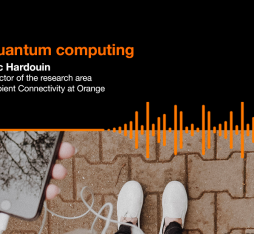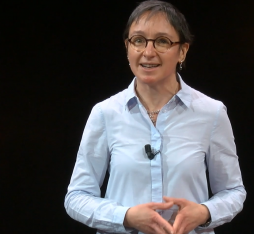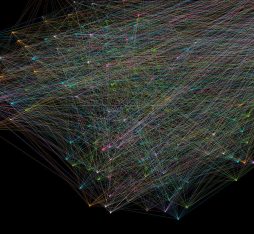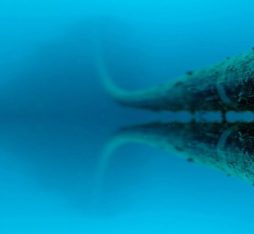“Quantum sensors would make it possible to anticipate natural disasters such as volcanic eruption or a flood.”
The contributions of the properties of quantum physics are not limited to the quantum computer, cryptography, or communication systems. In the future, we can also rely on quantum sensors, which use the extreme sensitivity of the quantum states of a photon, an electron or an atom, to make extremely precise measurements. Thanks to this unique precision, they can detect the smallest underground cavities or map the activity of our brains in the most minute detail.
From measurement to medicine through geological prospecting, civil engineering or telecommunications, the spectrum of uses is broad. Restricted to fundamental research up until now, quantum sensors are beginning to leave the laboratories and be commercialised.
In order to accompany the maturing of these technologies and their entering the market, the French state plans to spend 258 million euros on them out of the 1.8 billion budgeted in its national strategy on quantum technologies, presented on 21st January 2021.
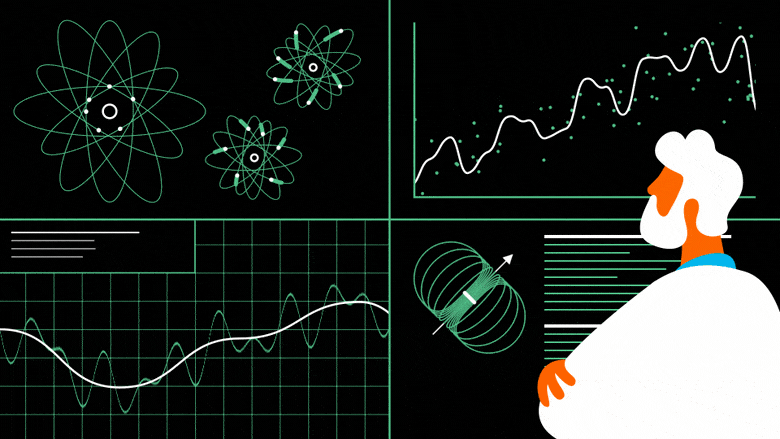
For metrology instruments
The first use is that of metrology. In this case, quantum sensors are called atom interferometers. Once it has been cooled to a temperature nearing absolute zero (-273.15°C), a cloud of atoms moves so slowly that it becomes possible to take highly precise measurements of the acceleration or rotation forces to which it is subjected.
Also called atomic gravimeters, these instruments measure the acceleration of gravity in particular. Atoms falling under the effect of gravity are subjected to “a series of laser pulses that place each of them within a quantum superposition – between a state in which it has not absorbed a laser photon, and another in which it has gained speed by absorbing such a photon – before making these two situations interfere”, as is explained in an article by the CNRS (the French National Centre for Scientific Research).
The acceleration of gravity (g) is calculated using this interference signal, which reflects the differences in path between the two states. Created in 2011, French company Muquans sells this type of sensor to metrology institutes, as Bruno Desruelle, its cofounder, explains to French website Techniques de l’ingénieur.
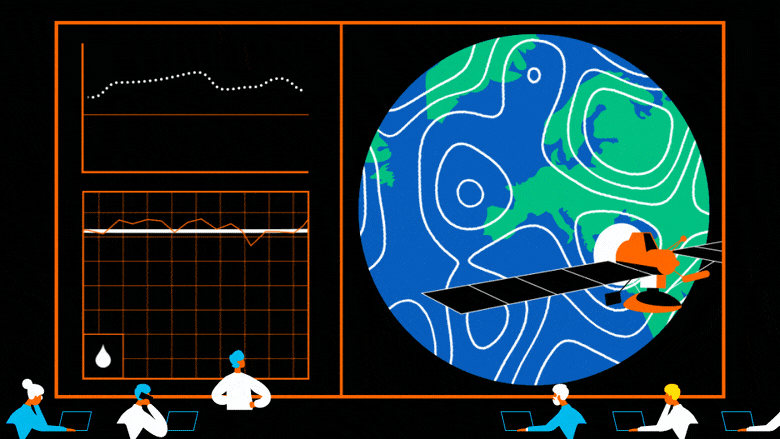
For natural resource management
The infinite precision of quantum sensors can also provide valuable information on the composition of the earth’s crust. A mass of granite, an oil field, or an underground water reservoir all have different densities and therefore slightly different g values on the surface. Quantum sensors can thus be applied to geophysical prospecting and natural resource management.
They can also be used in natural disaster prevention. “By placing a gravimeter on the slope of a volcano, geophysicists can have a better grasp of its activity” according to the same CNRS article, “for g will be affected when pockets of magma appear or disappear near the surface.” The mechanism can be applied to monitor tectonic plate movement in areas of seismic activity. The French government’s strategy on quantum technologies includes placing cold-atom accelerometers on board low-Earth orbit satellites so as to measure variations in the field of gravity via variations in the distribution of masses on the ground. These measurements would make it possible to anticipate environmental crises such as changes to water table levels, which are warning signs of floods or droughts.

For civil engineering and construction
Gradiometers are other sensors that measure physical quantities such as gravitational field or magnetic field. The measurement of cavity gradients would save both time and money for civil engineering and construction companies, who carry out costly, time-consuming studies to detect disused mines or buried cavities, and who need to dig below cities to locate pipes and cables.
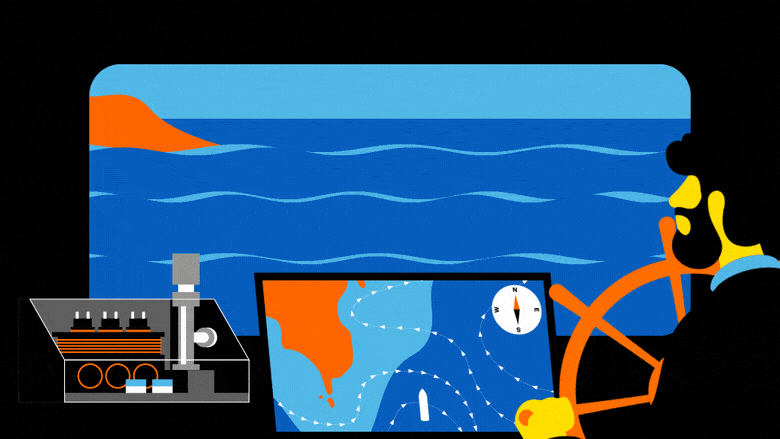
For navigation systems
Atomic interferometers can be placed on board navigation systems, thus enabling them to continue to function even in the absence of a GPS signal. According to the CNRS, such an autonomous device, combining an accelerometer – which measures the vehicle’s acceleration – and a gyroscope – which measures its rotation – already exists. This combination would make it possible to always know the speed and direction of movement, and thus deduce the vehicle’s position.
However, these instruments drift over time, leading to errors in the position given. Atomic accelerometers and gyroscopes would offer much more precise guidance, making it possible to establish a position in space without having to use the services of a Global Navigation Satellite System (GNSS), the constellation of satellites used by GPS or Galileo.
The CNRS article specifies that these atomic inertial measurement units can work in the laboratory, but their large size does not enable them to be placed on board vehicles and they are not robust enough to cope with the vibrations. According to the French government, these quantum inertial measurement techniques could reach operational maturity within the next five to ten years.
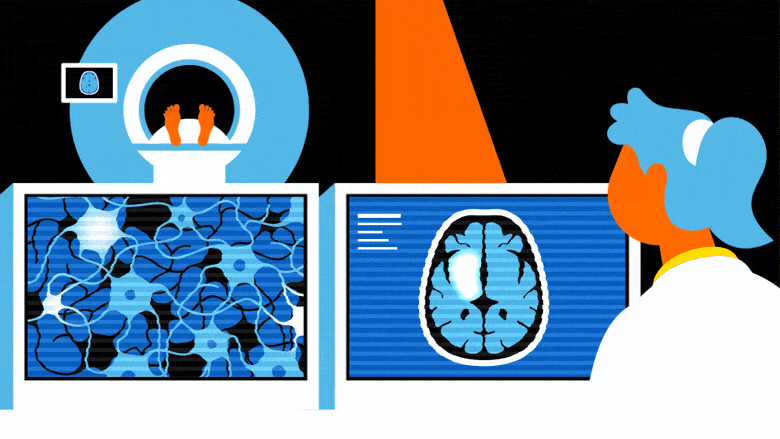
For medical imaging
Other promising quantum sensors: N-V centres (for Nitrogen-Vacancy). They exploit the quantum properties of microscopic point defects inside synthetic diamonds. These impurities, composed of an atom of nitrogen and a vacancy – instead of two atoms of carbon – behave like a single atom. When excited by a green laser, they emit a red light, the intensity of which depends on their “spin” state. Spin, which is a quantum magnetic moment, can be represented as a small magnet that is sensitive to a magnetic field.
These N-V centres can be exploited to design an ultrasensitive magnetometer of atomic size so as to measure nuclear magnetic resonance. Applications for this are envisaged in the medical and pharmaceutical areas, where “microscopes” the size of an atom would enable a detailed observation of brain activity or the analysis of the structure of a protein entering into the composition of a new drug.

For defence and telecommunications
Rather than use an N-V centre to detect a magnetic field, it is possible to do the opposite: apply a magnetic field to a synthetic diamond in order to identify the microwave frequencies present in the environment. The Thales expert quoted in the article specifies that the sensor thus becomes “a spectrum analyser, which can simultaneously recognise hundreds of different frequencies in the field of radar waves.”
Applied to the military, this kind of tool could be used to intercept communications or identify a threat via the signature of a radar or that of a missile. In the civilian world, it would improve mobile telecommunications “since continual analysis of the frequency bands being used makes it possible to reassign them in real time to a particular operator, as necessary”, the CNRS continues.
Thales has developed a laboratory prototype proving the interest of this technique. The French group is now working to reduce its size and increase its sensitivity with the aim of offering a sensor in around five years’ time.



